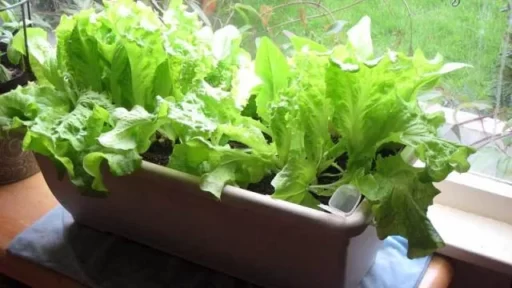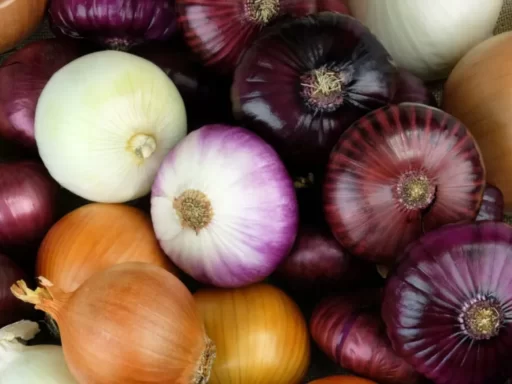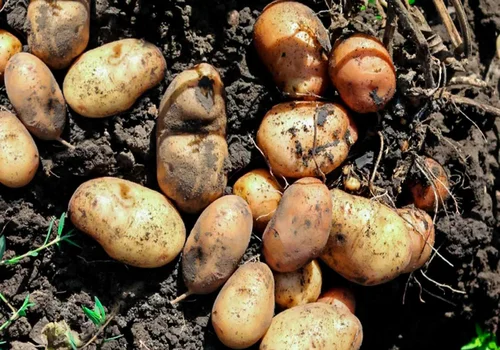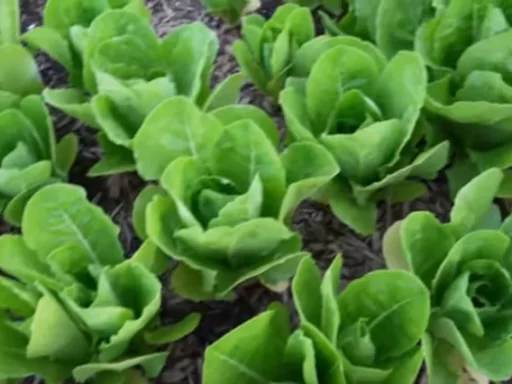Memorial Day weekend marks the beginning of summer for many, especially in the southeastern coast of North Carolina. While many people focus on growing summer crops like tomatoes, peppers, cucumbers, and zucchini during this time, lettuce remains one of the most versatile plants you can grow. Most gardeners mistakenly believe lettuce is a seasonal crop, but this guide will show you how to grow lettuce all year round.
Common Misconceptions About Growing Lettuce
Lettuce is often regarded as a seasonal vegetable, but the truth is that you can successfully cultivate it 365 days a year with the right knowledge and tools. If you’re wondering why you should be growing lettuce alongside your warm-weather crops, it’s because it serves as a foundational ingredient in our kitchens. With a few crucial tips, lettuce can become a year-round vegetable in your garden, no matter where you live.
Three Critical Tips for Growing Lettuce All Year Round
1. Selecting the Right Lettuce Varieties
To grow lettuce throughout the year, you need to choose the appropriate lettuce varieties for each season. Not all types of lettuce are suitable for every time of year.
- Winter Varieties: Cold-hardy lettuces such as “Red Sails” and “Marvel of Four Seasons” are ideal for winter. These types, typically red and ruffled, can survive extreme temperatures, sometimes as low as 14°F (-10°C). Even after frost damage, they can recover well.
- Avoid Cold-Sensitive Lettuces: While certain lettuce varieties can withstand cold, others, like romaine lettuce, cannot survive extreme cold temperatures. Romaine can endure light frost, but anything below freezing could cause significant damage. If you’re a fan of romaine, you can try red leaf romaine, which performs better in lower temperatures compared to standard romaine varieties.
- Summer Varieties: In the heat of summer, heat-tolerant varieties like “Giant Caesar” romaine lettuce are a great choice. These lettuces resist heat stress and grow large, beautiful heads even in temperatures above 90°F (32°C). This way, you can enjoy fresh, crisp lettuce even in the hottest part of the year.
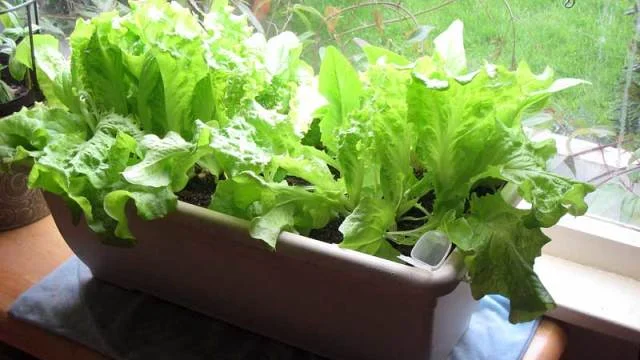
2. Protecting Lettuces in Cold Weather
Growing lettuce in winter can be challenging, especially in colder climates. However, with the right protection, you can still enjoy fresh lettuce during the colder months. One simple solution is to use frost blankets or cold frames. These protective measures help plants survive by trapping warmth during the day and blocking cold winds.
- Frost Blankets and Cold Frames: These structures can help keep your lettuce warm even in freezing temperatures. If you’re in zones 5-7, where winter temperatures regularly drop below freezing, a cold frame or hoop house can make all the difference. During the day, the sun heats the interior of these structures, allowing lettuce to continue growing even when it’s freezing outside.
- Wind Protection: Wind can exacerbate frost damage by desiccating the leaves of your plants. A cold frame or hoop house will help shield your lettuce from wind chill, preventing frost from forming on the plant tissues and ensuring a hardier crop.
3. Managing Heat in Summer
In summer, the challenge shifts from cold to heat. Most varieties of lettuce will “bolt” in the hot sun, which means they will grow quickly, produce seeds, and turn bitter. The key to preventing this is providing your lettuce with shade.
- Shade Cloths: Shade cloths are a simple and effective way to keep lettuce cool during the hottest months. By reducing the intensity of the sun, these cloths prevent bolting and keep lettuce leaves tender. A 40% shade cloth is recommended for best results. These cloths are easy to install and can significantly extend your lettuce-growing season, even in hot climates.
Growing Lettuce in Extreme Climates
Whether you live in a region with freezing winters or scorching summers, it is possible to grow lettuce year-round with a little extra effort.
- Winter in Colder Zones: If you live in colder zones like zone 5, building a cold frame or a small greenhouse can help you grow lettuce during the winter. A cold frame traps the heat from the sun during the day, keeping your plants warm enough to survive through the night. Even when outdoor temperatures drop to single digits, a well-insulated cold frame can maintain a warm growing environment.
- Summer in Hot Climates: In places where summer temperatures regularly exceed 90°F (32°C), shade cloth is your best friend. By reducing the intensity of sunlight, you can prevent your lettuce from bolting and turning bitter. With this setup, you can grow crisp, sweet lettuce even during the hottest part of the year.
Real-Life Results: The Power of Proper Planning
The results of applying these strategies are evident in the robust heads of lettuce produced even in extreme conditions. For example, “Giant Caesar” romaine lettuce continues to thrive in temperatures above 90°F, producing large, crisp heads with no signs of bolting or bitterness. Similarly, cold-hardy varieties like “Red Sails” and “Marvel of Four Seasons” endure harsh winter conditions with minimal damage.
These success stories show that, with the right tools and varieties, you can have a continuous supply of fresh lettuce, no matter the season.
Conclusion: Lettuce Is Not a Seasonal Plant
It’s time to change the way you think about lettuce. This nutritious green doesn’t have to be limited to spring and summer. With the proper variety selection, some simple infrastructure, and a little care, lettuce can be a year-round crop. Whether you’re dealing with summer heat or winter frost, there are solutions to ensure your lettuce thrives in every season.
By incorporating these tips into your gardening routine, you can enjoy homegrown lettuce 365 days a year.
Frequently Asked Questions
- Can I grow lettuce all year round? Yes, you can grow lettuce all year by selecting the right varieties and using protection like frost blankets or shade cloths.
- What are the best lettuce varieties for winter? Cold-hardy varieties like “Red Sails” and “Marvel of Four Seasons” are ideal for winter growing.
- How can I prevent lettuce from bolting in summer? Use shade cloth to protect lettuce from intense heat, which helps prevent bolting.
- Can romaine lettuce survive in freezing temperatures? Standard romaine lettuce does not tolerate hard freezes, but red leaf romaine is more cold-hardy.
- What temperature is too hot for lettuce? Lettuce can tolerate heat, but temperatures above 90°F (32°C) may cause bolting without proper shade.
- How can I protect lettuce in winter? Use frost blankets, cold frames, or hoop houses to protect lettuce from frost and wind during winter.
- Do I need special equipment to grow lettuce year-round? Basic items like shade cloth, frost blankets, and cold frames can help you grow lettuce throughout the year.

